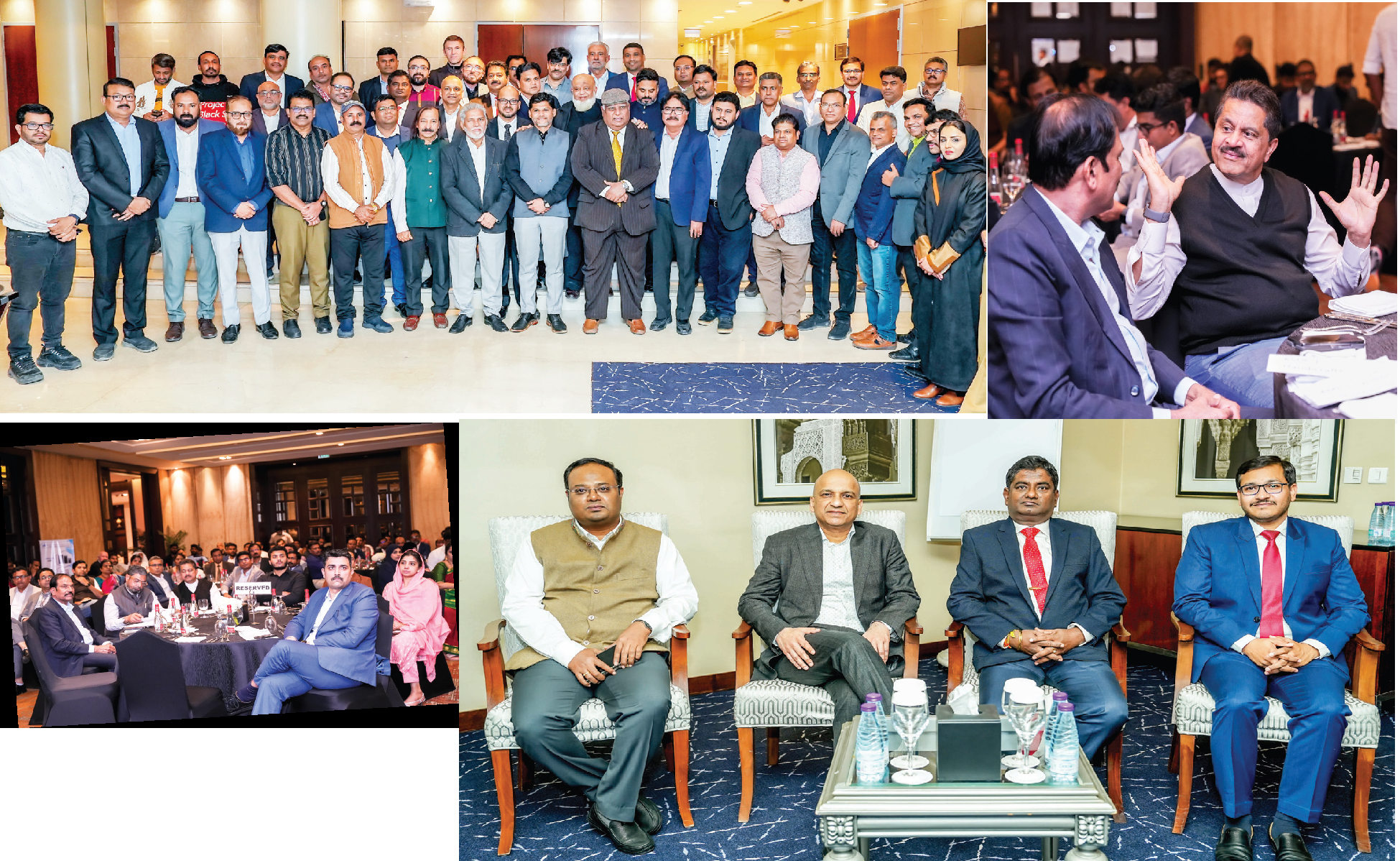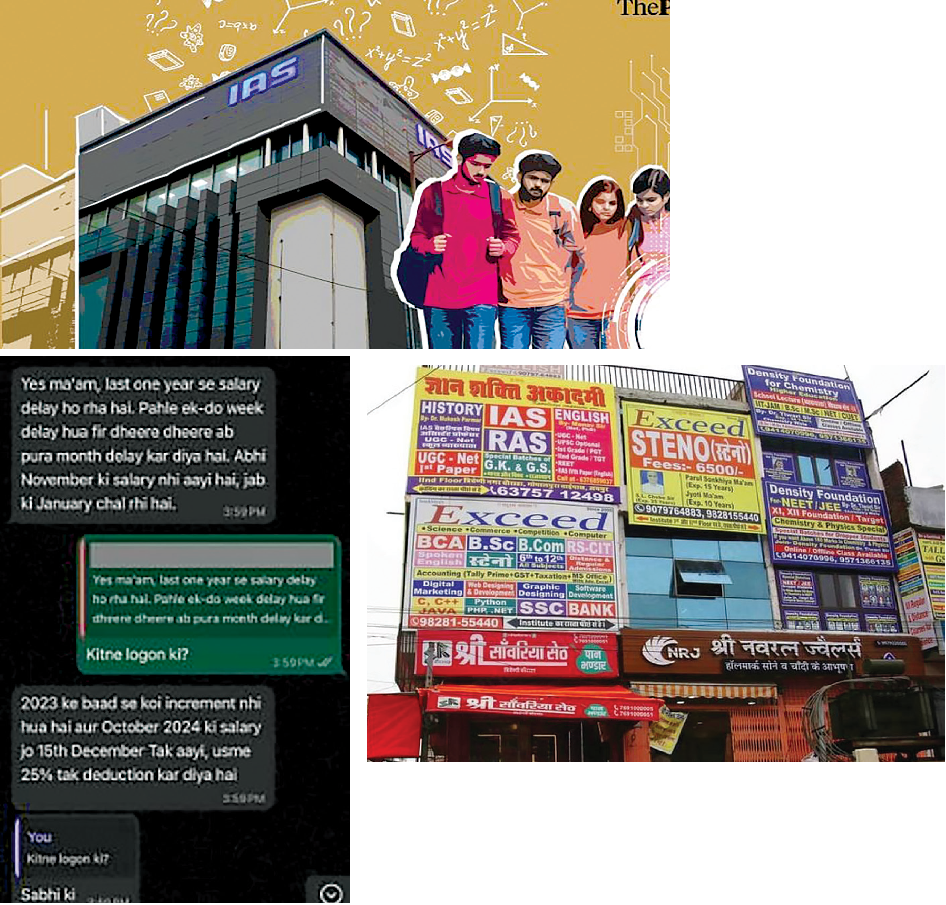
Best HR practices in the pharma sector
The pharmaceutical industry with its large workforce had to face many challenges during the lockdown
Sachit Rai
Changes touched off by Covid-19 since March 2020 have been both unprecedented and challenging. The changes are almost life-altering for the pharmaceutical industry, which has been in the thick of action in mitigating threats posed by the pandemic. This is true not just of India, but of the entire world. Though challenges across geographical boundaries remain similar, the call-to-action plan has to be tailor-made for India’s industry ecosystem because the country is the powerhouse of drugs production and also because of the inherent complexities involved in managing the labour market.
India, backbone of pharma industry
Before we get to the core of the issue, let us a get a broader sense of the Indian pharmaceutical industry as it stands today. The sector is estimated to supply over 50% of the global vaccine demand, 40% of generic demand in the US and 25% of all medicines in the UK. Industry reports say India stands third in production by volume and 14th by value. Thus, it not a surprise that the industry counts at least 3,000 drug companies with more than 10,500 manufacturing units in India. India’s drugs and pharmaceuticals exports stood at US$ 24 billion in FY21. With vaccine requirement in the world increasing by the day thanks to the mutating virus and its deadly variants, the production infrastructure has to be ramped up exponentially to meet the ever-growing demand.
As per the Indian Economic Survey 2021, the domestic market is expected to grow three times in the next decade.
Even as two back-to-back Covid-19 waves rose, raged and ebbed only to unleash uncertainties in the coming years, the only industry that was working 24/7 (with most employees putting in extra hours, forgoing weekly offs and leave) were healthcare and its related arms. The pharmaceutical industry, with lakhs in workforce, had to face two big challenges: Helping employees deliver full capacity either in factory (where their presence was non-negotiable and absolute) or from remote locations (supply-chain, sales and marketing going online and wider management).
Reskill, upskill
In both these areas, the human resources cell of each company had to reskill and upskill itself and also the entire salesforce to ensure their morale remained high and they are safe from the raging virus. It is here that HR teams have to exclusively set up a Covid wing or repurpose the existing ones to effectively take on newer – and unheard- of – challenges. This calls for multipronged approach, primarily looking at risks and mitigation measures.
- Setting up a new taskforce to ensure the company gives a big push to vaccination of employees and their immediate family members through institutional mechanisms by organising inoculation camps on factory premises or tying up with healthcare institutes.
- Teams to conduct periodic checks on employee health status every day through health declaration or physical checks at work premises.
- Constitute a panel of doctors to provide remote guidance to employees on health issues.
- Ensure employees working at the plant are on rotation basis, keeping in mind risk assessment, location proximity, health reports, and annual check-up.
- Ensure remote working options – like providing laptop and related infrastructure like non-stop data connectivity and ergonomically designed work environment at home – are explored and provided for employees working from remote locations.
Misson-critical role
Any crisis throws up opportunities and challenges in equal measure. Crisis teams are the need of the hour as emergencies – be it technological, human resources or administrative – could crop up from any quarter any time of the day. So the HR’s role becomes sharper and mission critical here.
- Set up a crisis management team with details of plant operations, people, IT, regulatory, finance, and industry. Add members from critical functions into the team.
- Introduce BCP (business continuity) and recovery plans.
- Keep robust information on employee insurance. This has to necessarily include the new threat of Covid-19.
The industry has a large share of contracted or casual labourers, who are not traditionally part of the company’s overarching HR welfare programmes. Since they are the cogs in the wheel doing the ground-level job and they cannot be offered the work-from-home option, it’s essential to conduct periodic checks on their health and strictly impose Covid protocols like wearing of masks, physical distancing and avoid crowding in common areas with many touchpoints.
Casual wo
 English daily published in Bengaluru & Doha
English daily published in Bengaluru & Doha






